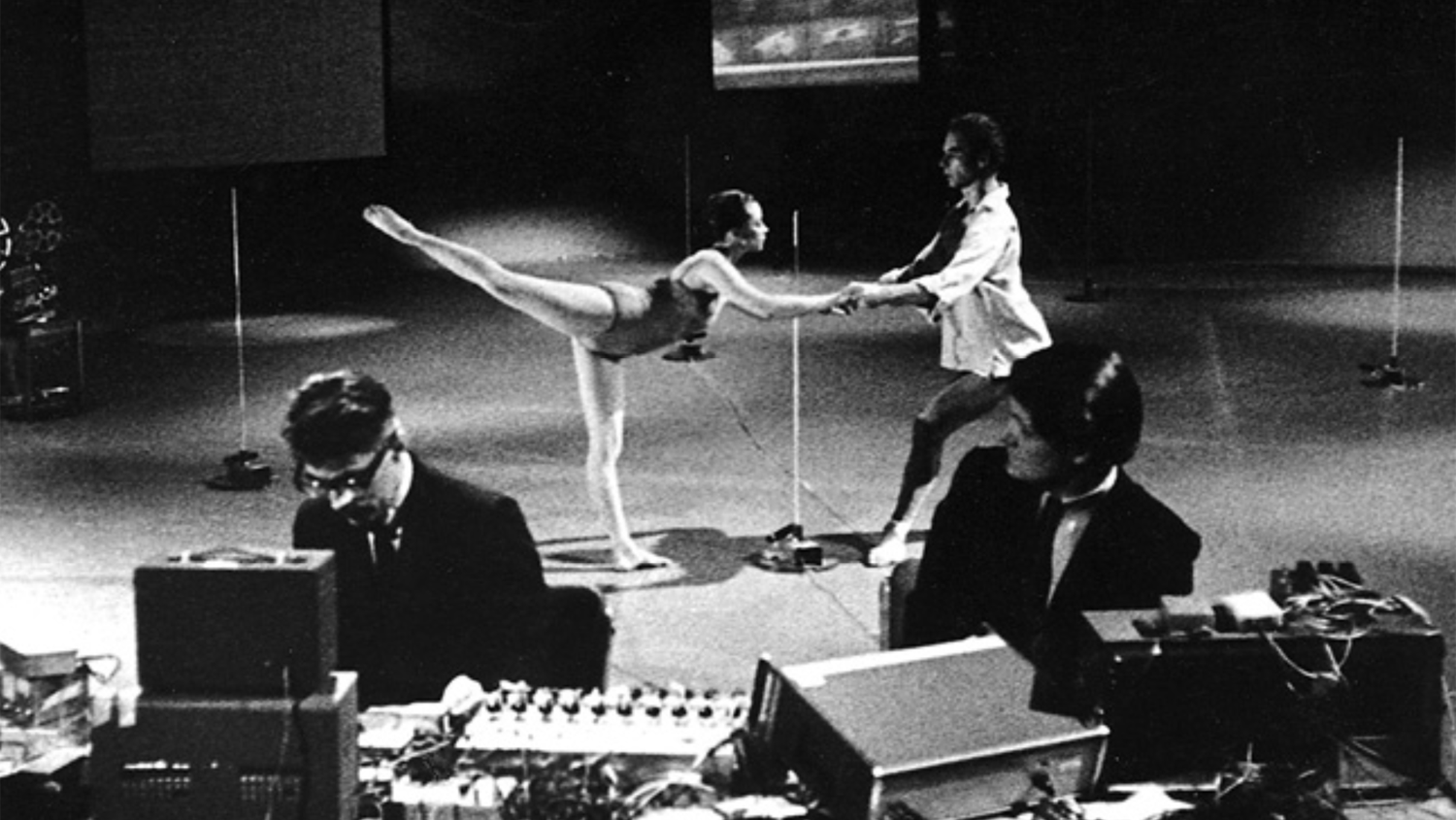"My choreographic art practice seeks to challenge what I consider to be a theatrical anthropocentrism that reflects the pervasive tendency in Western culture to glorify the exceptional nature of man. The history of dance as we know it is essentially about the movement of the body, the body and its expressive capacities, the origins of movement that emanates from the body.
In my practice I sketch a family tree of choreographic artists who have engaged in a critical approach to the question and questioned the centrality of the human figure in the process of creating movement. I am interested in hybrid forms, experimental animism, non-hierarchical systems, communal feminist anarchism, and consider them as interesting proposals to rethink our views, behaviors and relational modes in these times of anthropocene and capitalism.
I aim to create dances from non-human entities. Thus, at the heart of my work, each project is connected to an artifact, an object or a thing. In LOIE FULLER: Research, I appropriate the dance readymade, the "dancing dress" invented by Loie Fuller, in TEKTON, we find ourselves immersed in evocations related to stone, while in BOMBYX MORI, the silkworm takes on the task of revealing different forms of hybridization. It is the performance of an idea when dance is born from the interaction between a human and a thing, a non-human object.
While BOMBYX MORI mixed dance history, sound and sculpture, the next piece, DANCE CONCERT, will take the form of a dance concert.
It will also open a new cycle in my work which will be interested in the environment. For this piece, the idea is to create a large device that takes the technical parameters of the terpsitone. A surprising instrument invented by Léon Theremin, it takes its name from the dance muse Terpsichorè, and functions thanks to the dancer's movements using the same principles as the theremin. It is one of the first known systems of movement detection.
Instead of the antenna used in the theremin, the terpsitone has a large metal plate placed under the floor. The movements of the dancers over the plate generate variations in the tone of the terpsitone oscillators. I want to work with the technical properties of the terpsitone with the idea of producing and talking about the environment. Can a dance concert reveal reflections related to space? What visual metaphors can be evoked when the body penetrates a sound field? Where BOMBYX MORI wanted to break the anthropocentrism linked to the notion of movement in dance, this new piece asks the question of metaphors linked to the human and the environment engaged by a dance concert." - Ola Maciejewska
Ola Maciejewska
choreographer and performer
Born in Poland, Ola Maciejewska is a choreographer and performer who lives and works in Paris. She studied at the National Ballet School in Poland and at the Rotterdam Dance Academy. She has worked as a dancer and performer in projects by Bruno Listopad (PT), Nicola Unger (DE), Philippe Quesne (FR), and Bojan Djordjev (SR). She also obtained a Master's degree in contemporary dance and dramaturgy from the University of Utrecht. Within this framework, she developed a practical research work, Loie Fuller: Research (2011), which she presented in Spain, Poland, Belgium, Switzerland, the Netherlands and in France, notably for the opening of the CND Pantin in October 2015.
Her first solo, TEKTON, which she created in 2014 at the Théâtre de l'Usine in Geneva is associated with a short film, COSMOPOL, and was also presented at the Rotterdamse Schouwburg and then at the Festival Actoral in Marseille, at the Batard Festival in Brussels, at the Nowy Teatr in Warsaw and at Veem Huis voor Performance in Amsterdam. In November 2015, she created BOMBYX MORI, as part of the Festival Les Inaccoutumés at Ménagerie de Verre. This piece for three dancers has been presented at Kaaitheater, Rotterdamse Schouwburg and Veem Voor Performance in Amsterdam, Museu de Arte Contemporânea de Serralves among others. BOMBYX MORI has been supported by the Fondation Hermès as part of its New Settings #6 program and will be presented as part of the [8:tension] Young Choreographers' festival at ImPulsTanz, Vienna in 2017.
From 2016 to 2018, Ola Maciejewska is an associate artist at the Centre chorégraphique national de Caen in Normandy. In the fall of 2017, the solos Loie Fuller: Research and COSMOPOL will be presented as part of the Lyon Biennale of Contemporary Art.
Ola Maciejewska
conception and choreographie
Alberto Novello
sound engineer and computer programmer
Rima Ben Brahim
scenography

